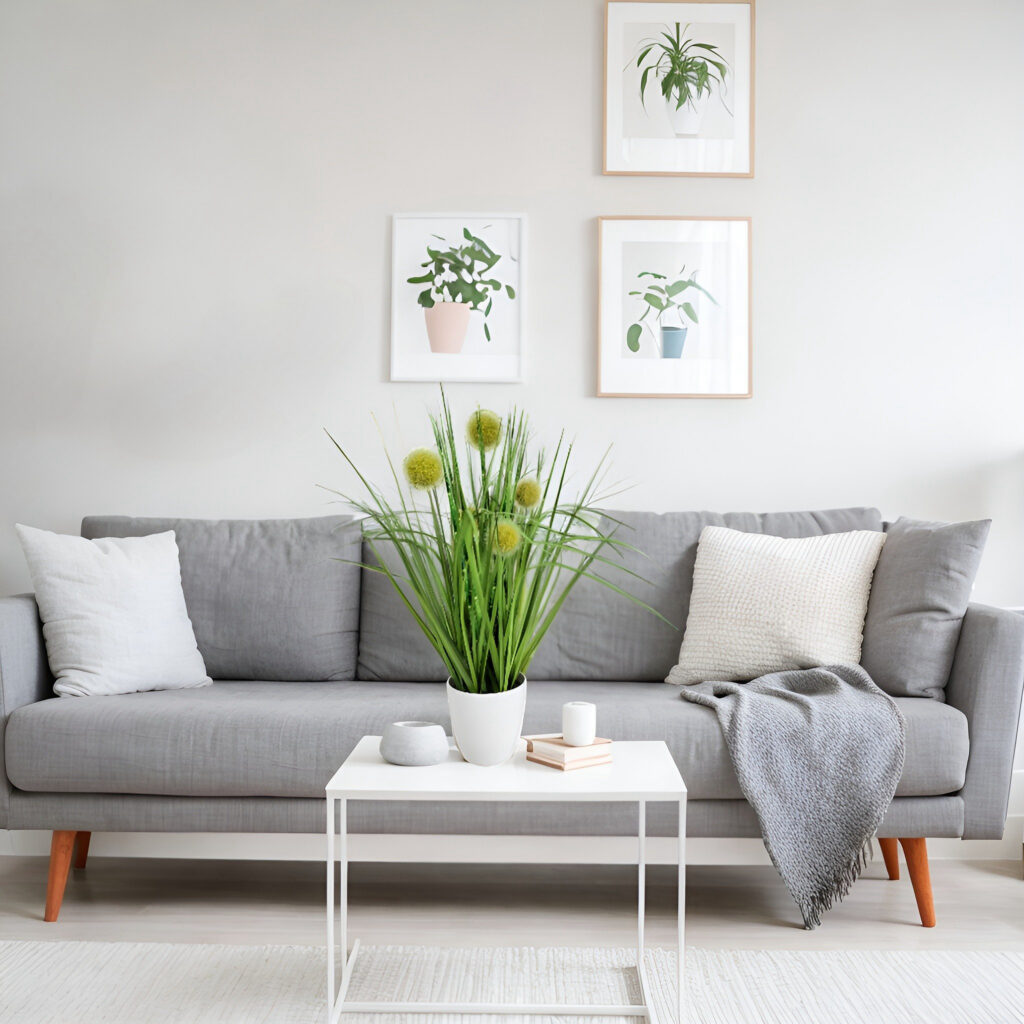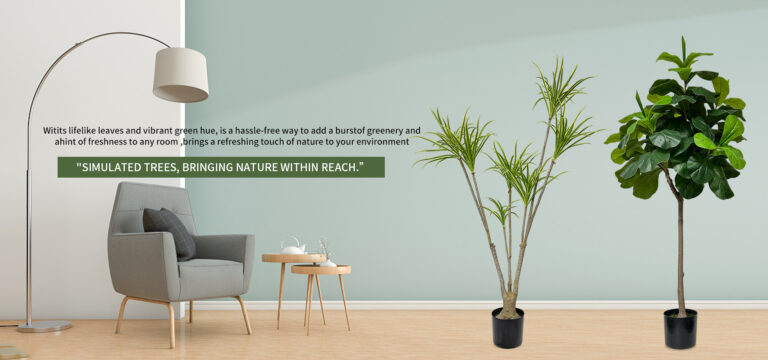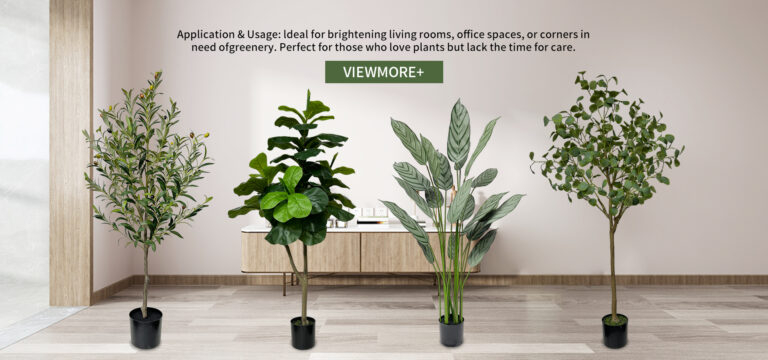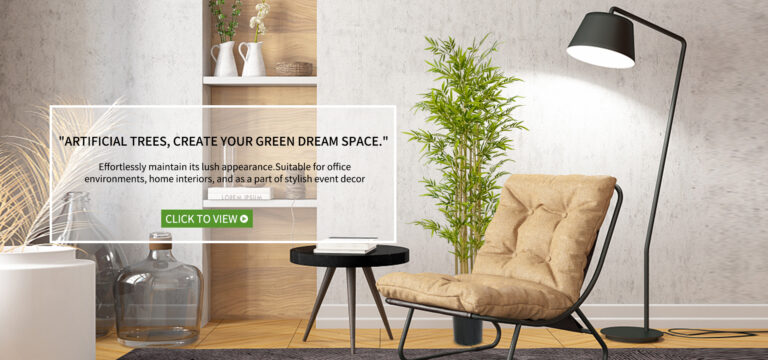The creation of simulated green plants is a meticulous process that encompasses several stages, ranging from design and material selection to manufacturing and stringent quality assurance.
Raw Material Preparation: The journey begins with sourcing high-quality raw materials like advanced simulation substances, pigments, and adhesives. The caliber of these materials is pivotal, as it directly influences the aesthetics and longevity of the simulated green plants.
Design and Production: Tailored to market trends and customer preferences, the design phase is crucial. It involves a careful consideration of the plant’s shape, color, and texture to emulate the natural look. Durability and ease of maintenance are also key factors, ensuring that the plants retain their allure over time.
Processing and Shaping: Utilizing the design blueprints, the raw materials are meticulously crafted into the desired shapes and sizes through processes like cutting, grinding, and assembly. Precision in this stage is essential to ensure that the final product matches the intended design specifications.
Surface Treatment: To enhance the realism, surface treatments such as painting, spraying, and polishing are applied. These techniques are vital in replicating the nuanced appearance of real plants.
Quality Inspection: Post-surface treatment, each piece undergoes a rigorous quality check. This step scrutinizes aspects like color consistency, shape, and size, rectifying any discrepancies. Quality control is integral to guarantee that the final product aligns with high standards.
Packaging and Shipping: Successfully inspected plants are then prepared for dispatch. Packaging is designed to be shockproof and waterproof, ensuring the plants arrive in pristine condition.



The production of simulated green plants is not only a technical endeavor but also an artistic one, requiring specialized equipment, expert craftsmanship, and a robust quality control system. It’s a balance between meeting market and consumer demands and continuously innovating to cater to diverse preferences.
The rise of simulated green plants is a response to the quest for beauty and environmental consciousness. In real life, many plant species are impractical for indoor growth or as home decor due to maintenance challenges. Simulated green plants offer a practical alternative. The evolution in technology and heightened environmental awareness have significantly improved the aesthetic, texture, and lifespan of these plants.
Moreover, the popularity of simulated green plants is growing, with environmental groups and home decor brands advocating for them as a sustainable choice. They are increasingly sought after for their beauty, ease of maintenance, eco-friendliness, safety, and versatility, satisfying modern interior decoration needs.


In essence, the emergence and evolution of simulated green plants reflect a harmonious blend of aesthetic desire and environmental responsibility. With ongoing advancements in production techniques, they have become a cherished choice in the realm of interior decor.




